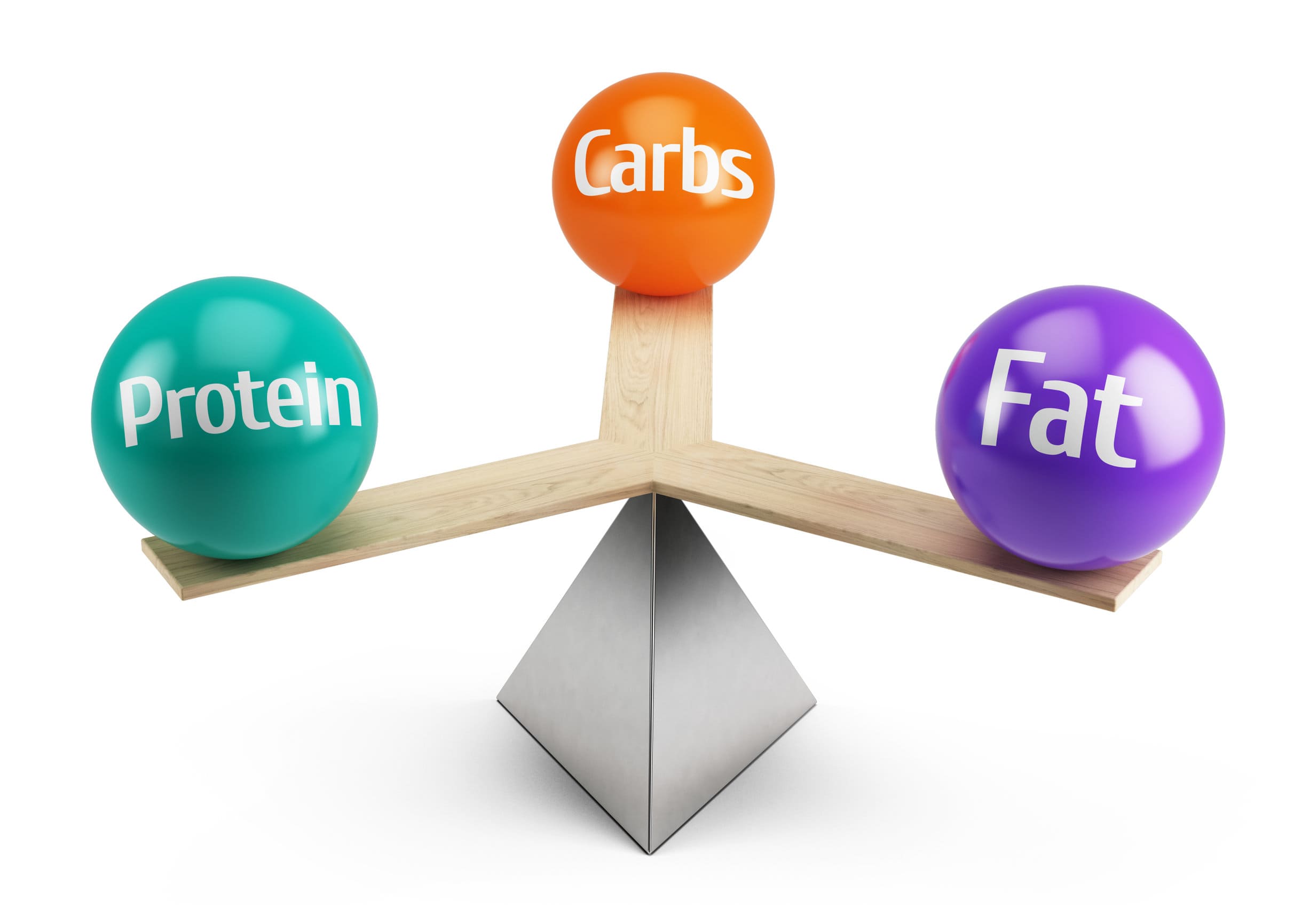THE … Macronutrient Guide for Athletes
Registered Dietitian Dana Eshelman breaks down what macronutrients we need and when during triathlon training.

As committed athletes, we are all mostly aware of the importance of proper nutrition and maintaining good calorie intake. Many of us try to focus on healthy choices and whole food options. But when it comes to the composition of our food, how much do we need, and when?
We asked Registered Dietitian Dana Eshelman to help shed some light on how we should think about the major categories of food, Macronutrients.
Food is composed of stored chemical energy and three main nutrients: carbohydrates, proteins and fat. These are your macronutrients, aka macros, and are utilized by the body in the largest quantities.
Each of these macros provide calories for the body to convert to energy. Carbohydrates and protein each provide four calories per gram while fat provides nine calories per gram. Each is utilized differently in our body and is broken down via different pathways.
- Carbohydrates are broken down to sugars, mainly glucose, and are the quick, fast-acting fuel source. This is used for high intensity activity.
- Protein can be used for some energy, however, protein’s main role in the body is to build and restore tissue, make hormones and enzymes and coordinate bodily functions.
- Fat has to be broken down into fatty acids, which is not as efficient as breaking down carbs or protein. It provides fuel for longer duration, steady state, and low to moderate intensity sessions.

Maintaining Your Vital Functions: BMR
Basal metabolic rate (BMR) is simply the amount of caloric energy your body needs to operate; for your heart to beat, lungs to breathe and systems to function. This all takes energy, and quite a lot of it.
Your BMR accounts for the largest portion of caloric expenditure. The primary fuel source is fat and the amount needed varies based on genetics, sex, age, lean mass/body composition, height and training cycle. During higher training blocks and/or the competition phase of training, calorie expenses can increase two to three times what is needed on training days and on rest days. A lower calorie expense is seen in off season training cycles.
Exercise Activity (EA) = Planned Physical Activity
Glucose is the most readily available source of energy for a working muscle when you are exercising. Your muscles and liver store anywhere from 1400 to 2000 calories of glucose in the form of glycogen. (The amount of glycogen your body stores depends on your body weight/size and diet.) Glycogen can be broken down to glucose to provide your body with energy for exercise lasting 60 to 90 minutes.
Simultaneously, fat is converted to free fatty acids which can be utilized for energy during low heart rate zones.
Protein is not a primary energy source for working muscles during exercise. Rather, it rebuilds and restores muscle tissue that had been broken down during exercise. If the body is insufficiently fueled, it may break down muscle protein to use as fuel.
Athletes should aim for the following:
Carbohydrate
- intake of five to 12 grams per kilogram per day; five to seven grams for one hour of exercise per day; six to 10 grams for one to three hours of exercise per day; eight to 12 grams for four to five hours of exercise per day.
Protein
- intake can range from one point four to two grams per kilogram per day. You will want to consume protein consistently (every three to five hours) throughout the day. In the first two hours post workout, it is important to consume at least 10 grams of essential amino acids (EAAs) or a quarter to point three g/kg body weight (roughly 25 to 40 grams).
Fat
- intake should not fall below 20 percent of total caloric intake to ensure absorption of fat-soluble vitamins (A, D, E and K), carotenoids, essential fatty acids (omega 3s) and conjugated linoleic acids.

Macros During Training and Racing
Fueling needs during training and racing vary greatly based on the individual fitness level and metabolic efficiency (body’s ability to burn fat for fuel). Naturally, as you become fitter, your body is able to use more fat for fuel during training and racing. You may notice performance benefits as your body learns to store up to 70,000 to 75,000 calories in fat tissue versus only up to 1,400 to 2,500 calories in liver and muscle tissue.
Nutrient intake during training and racing:
Carbohydrates
- For sessions lasting one to two and a half hours, aim for 30 to 60 grams of carbs per hour in a six to eight percent solution (aka standard sports drink), ideally consumed every 10 to 15 minutes.
- For sessions longer than two and a half hours, aim for 60 to 90 grams carbs per hour.
- Several research studies show a six to 10 percent carbohydrate mouth rinse of glucose and/or maltodextrin every five to 10 minutes, improves the mean power output (watts), cycle time trial and overall exercise performance. This is recommended in addition to carbohydrate ingestion for activity longer than two hours.
- It is important to train your gut to tolerate higher intake by rehearsing your race day fueling plan in your training sessions. Again, this varies based on the individual.
Protein Intake
- Consumption during training and racing is not seen to improve performance.
Fat Intake
- It is recommended to decrease fat intake before and after workouts to decrease gastrointestinal distress.
Nutrition is not set in stone and varies from athlete to athlete. It is important to assess your daily energy levels and how you feel during and after training sessions (i.e., performance, goals and recovery).
This is a complex topic so it may be to your advantage to seek help from a registered dietitian that specializes in sports nutrition to optimize your training, recovery, performance and body composition goals.
. . .
Dana Eshelman MS, RDN is a performance dietitian that helps endurance athletes find hormone balance and optimize gut health through flexible nutrition so they can level up their performance. Dana is a multisport athlete and runner herself, and understands the demands of endurance training and competing. She strives to simplify nutrition for athletes, improve understanding of how to fuel and hydrate for training and competition, and enhance daily lifestyle habits for life-long success.
IG: @adashofdanardn

